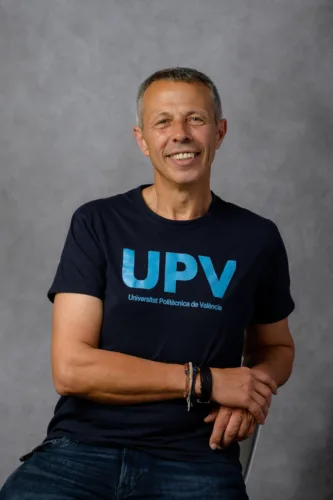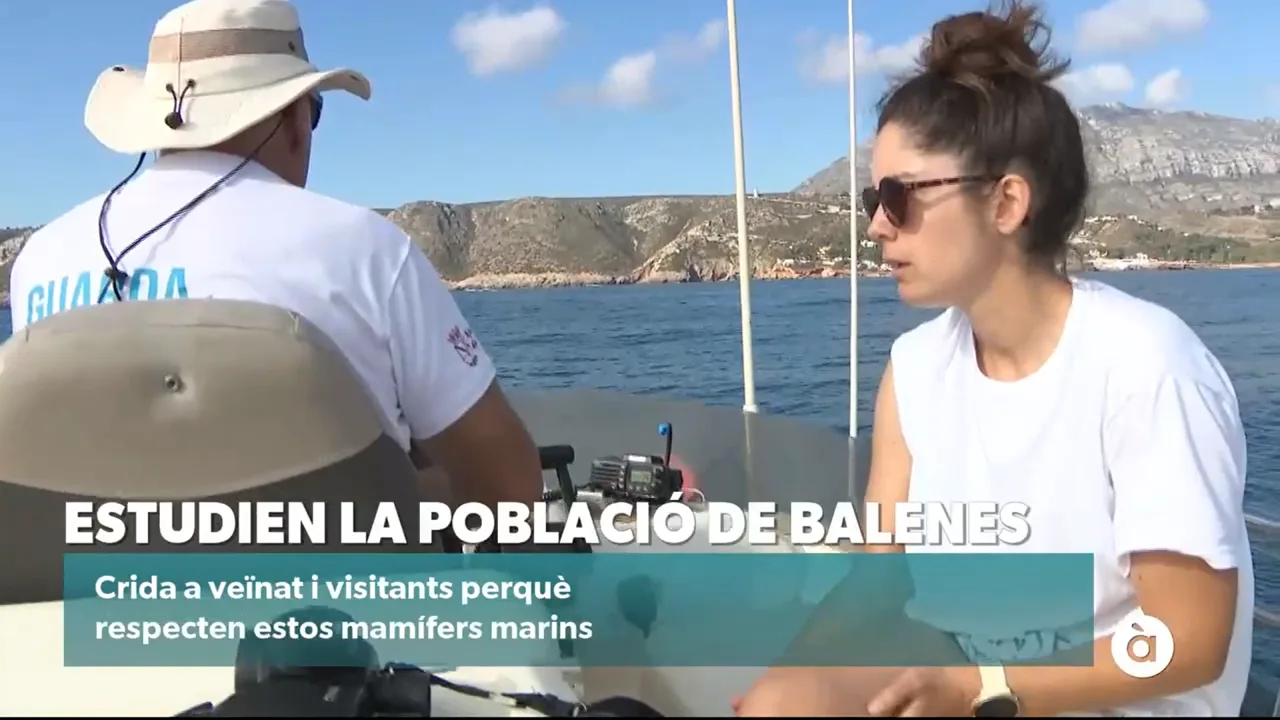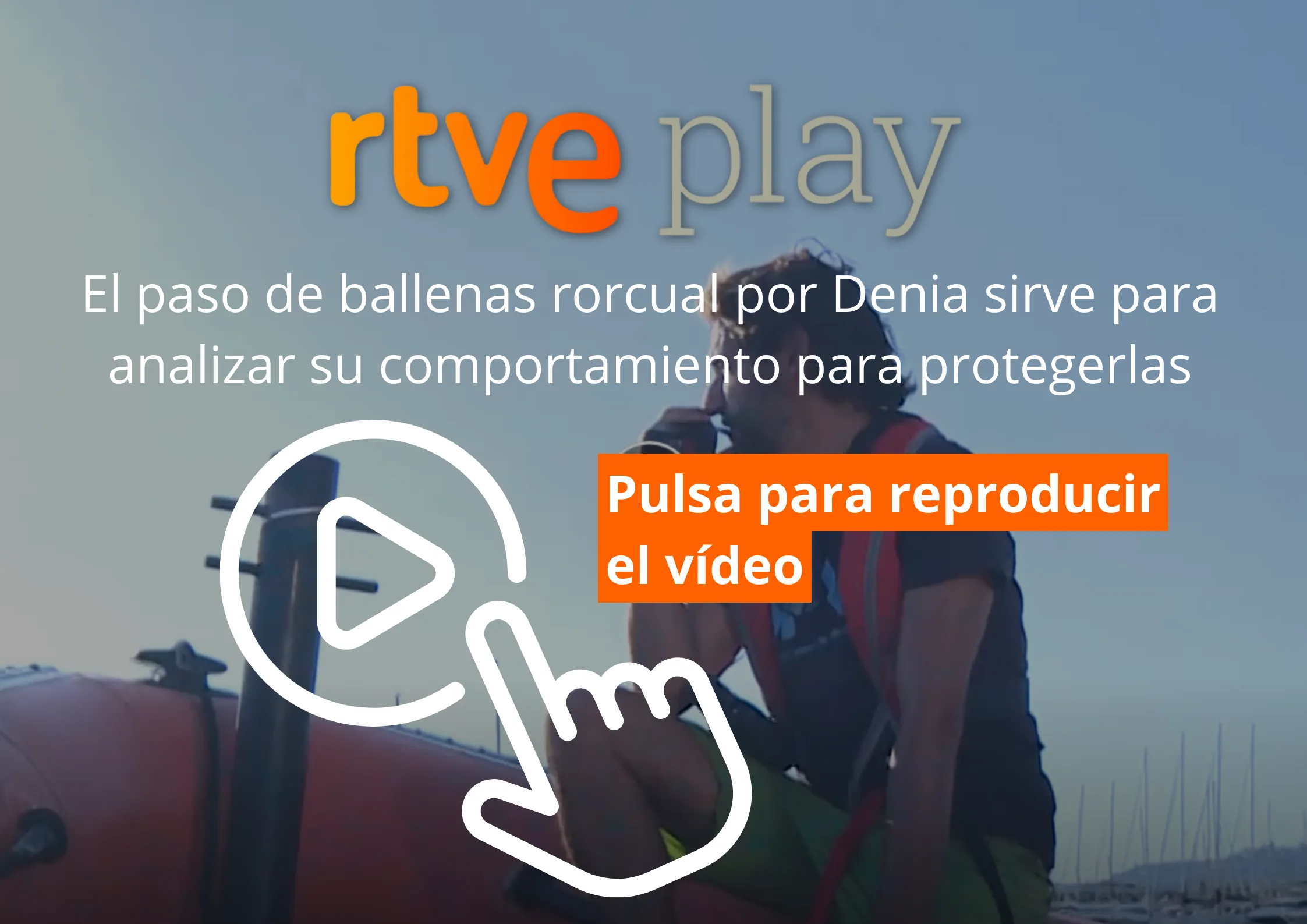A research team from Campus Gandia of the Universitat Politècnica de València (UPV) has successfully tagged three fin whales with satellite devices to study their migratory routes, and has photo-identified 21 migrating individuals using drones this season.
As part of this year’s research campaign led by the Universitat Politècnica de València, nearly 120 fin whales—the second-largest animals on the planet—have been recorded off the coast of Dénia. In addition, the UPV team successfully tagged three fin whales with satellite devices to track their migratory routes and collected two genetic samples using non-invasive techniques, capturing the animals’ ‘breath’ with a drone.
To study whale behavior, the UPV team employs a range of techniques, working with both a land-based group that monitors whale passages from observation points on shore and a sea-based team responsible for collecting various types of samples.
In addition, this year the team collaborated with researchers from the Tethys Research Institute and the sailing vessel Malizia Explorer, dedicated to the scientific exploration and conservation of the oceans. The Malizia Explorer has been anchored off the coasts of Dénia and Xàbia, supporting and collaborating with research teams led by Eduardo Belda,, professor and researcher at Campus Gandia, and Víctor Gallego of the UPV University Institute of Animal Science and Technology Both teams are responsible for studying these cetaceans as they migrate through the waters off Dénia.

“The fin whale has become an emblematic species for the region, serving both as a tourist attraction and a subject of scientific study. Our work aims to deepen understanding of their presence and behavior, ultimately contributing to their conservation and the sustainable management of the area. Our work aims to deepen understanding of their presence and behavior, ultimately contributing to their conservation and the sustainable management of the area. .

Note: Certain photos and videos were obtained with prior authorization from MITECO (SGBTM/BDM/AUTSPP/39/2023).


